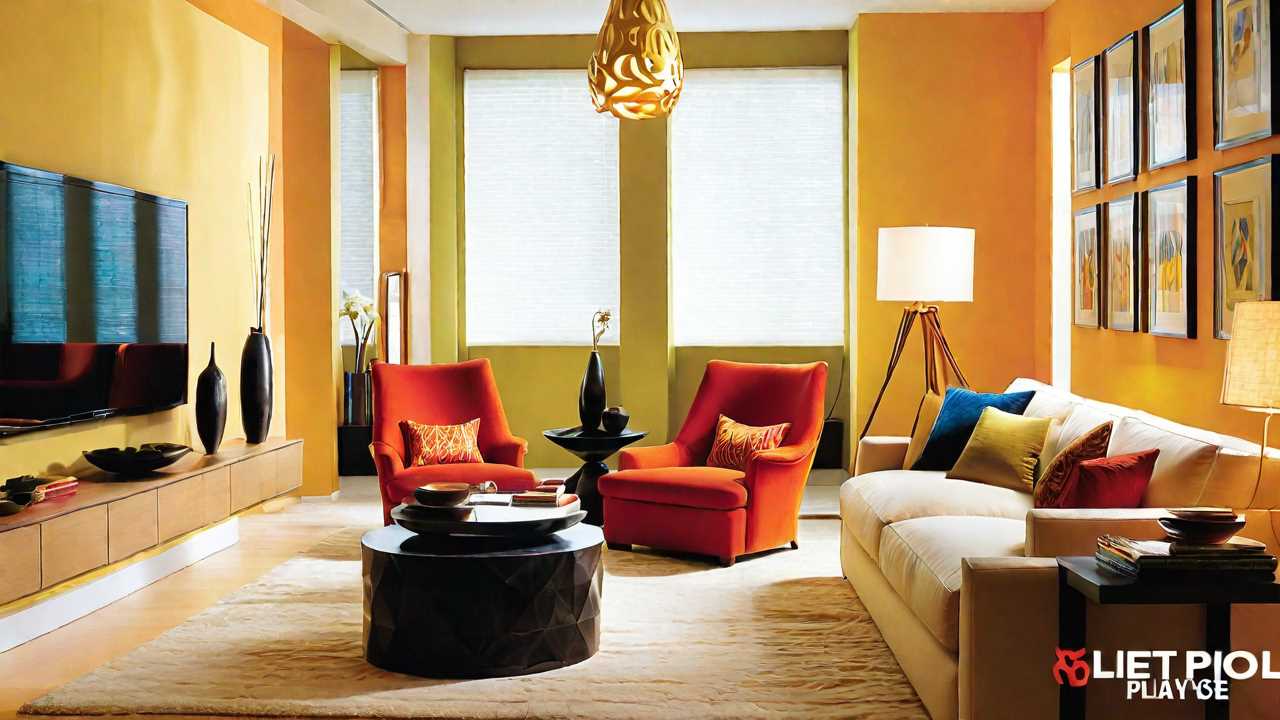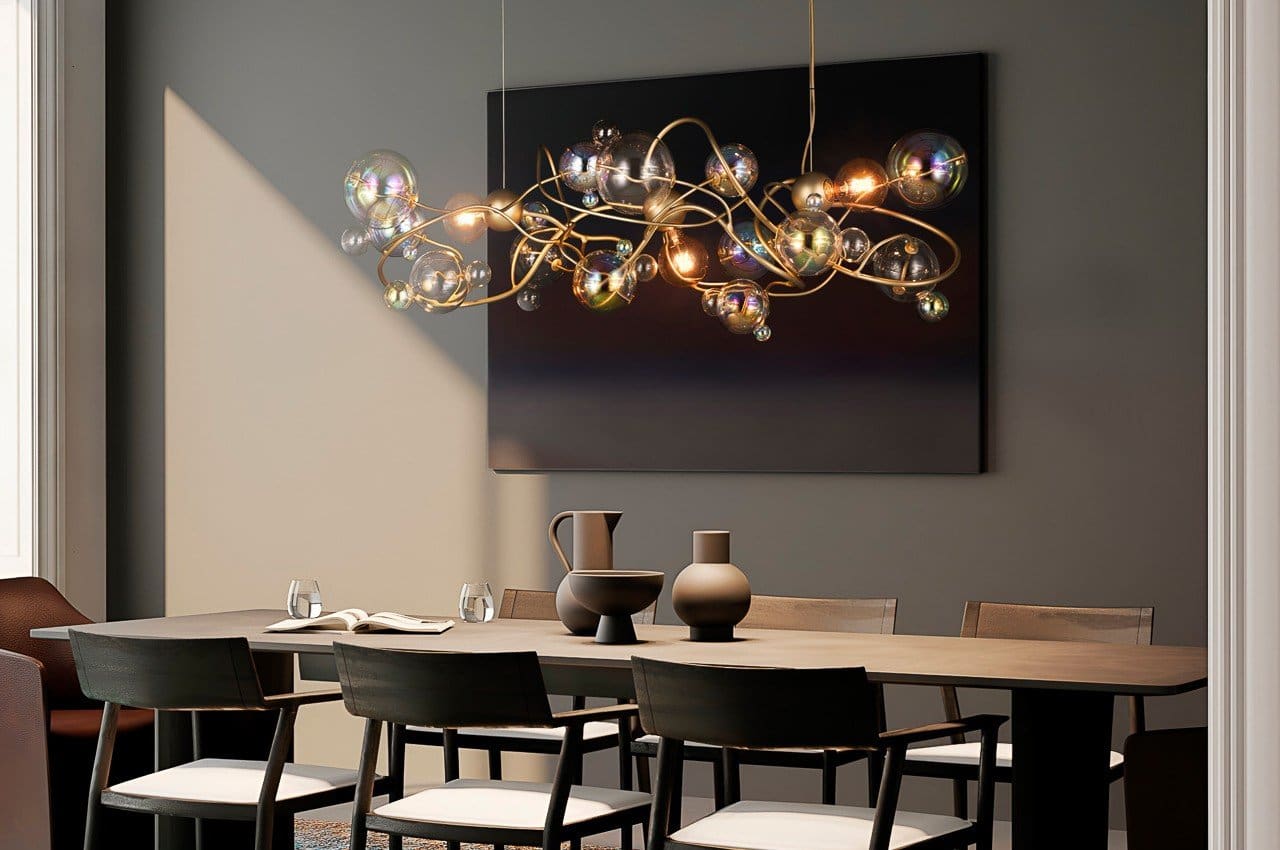Technology
Shedding Light on Interior Design: How Lighting Transforms Your Home


The Power of Light in Interior Spaces
Light is not just a functional necessity in our homes; it's a major design element that shapes the way we experience our living spaces. From creating moods to influencing how we perceive color and texture, lighting plays a pivotal role in interior design. Whether it's the natural glow from windows and skylights or the ambiance set by artificial lights like pendants and sconces, a well-executed lighting scheme can breathe life into any room.
Understanding the Layers of Light
Interior lighting can be broken down into three key layers: ambient, task, and accent lighting. Each serves a distinct purpose and, when combined, they create a dynamic and versatile lighting design. Ambient lighting offers a basic level of illumination, task lighting focuses on specific activities, and accent lighting enhances the room's aesthetic by highlighting architectural and decorative features.
Ambient Lighting: Setting the Scene
Ambient lighting, or general lighting, is the foundational layer that sets the overall tone of a space. From overhead fixtures like chandeliers to soft sources like table lamps, ambient lighting ensures that a room is well-lit and inviting. It's the starting point for any lighting design, providing flexibility and a warm atmosphere that ties together the other lighting layers.
Task Lighting: Function Meets Style
Task lighting steps in to provide focused illumination where it's needed most. Whether it's for food prep in the kitchen or reading at a desk, this layer of lighting works hand-in-hand with ambient lighting to enhance functionality and add a decorative touch. With options ranging from floor lamps to under-cabinet lights, task lighting is all about precision and purpose.
Accent Lighting: Highlighting What Matters
The most decorative of all, accent lighting brings attention to the details that make your home unique. Whether it's artwork, sculptures, or architectural elements, this layer uses fixtures like track lighting and wall sconces to create focal points and add drama to a room. It's the finishing touch that personalizes your space and showcases your style.
Natural Light: A Connection to the Outdoors
Natural light is a vital component of interior design, influencing mood and enhancing décor. Large windows and skylights invite the outside in, creating a bright and airy feel that's perfect for relaxation. Remember to control the flow of sunlight with blinds or curtains to maintain comfort and balance in your home.
Layering Light for a Cohesive Look
Layering different types of lighting ensures that every corner of a room is properly illuminated. Ceiling lights set the stage, task lighting addresses specific needs, and accent lighting draws the eye to special features. This approach allows for a harmonious and well-balanced environment that's both functional and inviting.


Design Considerations for the Perfect Glow
When planning your lighting design, consider the room's function, the tasks to be performed, and the mood you want to create. Light color temperature and intensity are key factors in achieving the desired ambiance, with lower Kelvins producing a warm glow and higher Kelvins creating a brighter atmosphere. Managing glare and ensuring even light distribution are also crucial for comfort and safety.
The Impact of Lighting on Perception and Mood
Lighting doesn't just illuminate; it transforms. It can make spaces appear larger, enhance color schemes, and influence our moods. Bright, cool-toned lights encourage focus, while softer, warmer lights promote relaxation. By selecting the right color temperature and intensity, lighting can dramatically alter the atmosphere and functionality of a room.
Creating Depth and Emphasizing Texture
Strategic lighting adds depth and dimension to a space. Directional lights can create dramatic effects, emphasizing texture and shape, while accent lights can draw attention to unique patterns and surfaces. Through careful placement and selection, lighting can significantly enhance the visual impact of your home's interior design.


Hello! I’m Roger Jenkins, your go-to source at ReportingTheNews.com. I’m a USC graduate who combines journalistic precision with a Trojan’s passion. Based in sunny Los Angeles, my days are filled with more than just sunshine; they’re about capturing stories that resonate.
Beyond the newsroom, I’m an avid triathlete. Swimming, cycling, and running are more than just sports to me; they embody my commitment to discipline, focus, and a healthy dose of competition.
My love for travel takes me far and wide. Guadalajara, with its vibrant culture and unforgettable tacos, has a special place in my heart. I’m always searching for the next great story or a hidden culinary treasure.
At home, Nala, my energetic pet, is my constant companion. Together, we’re known in our neighborhood for our morning runs and evening strolls.
I’m driven by a belief in the power of storytelling to unite communities. Join me as we explore impactful narratives and stay updated with the latest news. You’ll also get a peek into my sports passions and travel escapades.
Want to get in touch? Follow me on Instagram for more insights and updates.













